03 Dec 2025
A stall is the public face of your group, a route to new members and the first place that members of the public take action on our campaigns.
Follow these simple steps to enter a whole new world of successful street campaigning.
Plan and prepare
It's key to plan and prepare for your stall in advance. It’s simple and won’t take long – just run through these questions at your next group meeting.
Why are you doing the stall?
What message are you trying to convey? Are you doing it to raise funds? Get more members? Publicise a campaign? Get people to take action?
Try to identify one main reason and focus on that. Having a theme makes your stall look better and is easier for the public to understand. Once you know the theme, design your stall around it.
What will the stall look like?
Use Friends of the Earth branded items like tablecloths and t-shirts to make your stall look professional.
Take along literature on your theme. Leave information about other campaigns at home. Sticking to your theme ensures you won’t confuse people. Avoid the temptation to turn your stall into a library.
Is there a local angle? Try to think of how you can tie your stall to a local issue, as that’s more likely to interest passers-by.
Where are you going to do it?
Think about the theme. Is there anywhere in town that suits it? For example, a good spot to do a food-themed stall could be near a supermarket or local market.
Alternatively, think about the busiest spots in town. Check with your council – you may need to book the space.
Find out about carnivals, fêtes, fairs, agricultural shows and festivals in your area. Can you can book a stall at some of them? As well as having a large turn-out of people these events are often great fun.
When will you do it?
Find a day that’s best for everyone. Discuss when people are free to help out.
Are there any national days like Buy Local Day or national events, such as a big demo in London, that might attract the media?
When are the best times to run the stall? When is your chosen spot busy?
Who is going to help out?
Everyone in the group should get involved at some point.
However, not everyone likes talking to the public. Match shy members of the group with more experienced ones to help them get used to the experience.
If someone really doesn’t want to talk to the public, see if they could help in another way. Can they help set up the stall or dress up in a costume to draw people in?
On the day
Keep your stall tidy. There’s nothing worse than a messy pile of leaflets.
Grab attention. You only have a few seconds. Wear Friends of the Earth t-shirts. Smile and try to be open with your body language – avoid crossing your arms.
Use "stoppers" like: "I don’t want your money but could I ask you one question?" "Do you have 10 seconds to answer a really quick question about climate change?" "Do you think the government is doing enough about climate change?"
Work the outfield. Don’t rely on people coming to you. Approach people passing by at a distance.
Go armed with the facts. Memorise facts that blow people away, such as "the 10 warmest years on record have been since 1990."
You could also prepare a Frequently Asked Questions sheet with answers – and a one-page briefing for volunteers working the stall.
Gather contact information from people who wish to keep in touch with your group or hear more about your activities. Make sure to remain GDPR compliant. You can adapt our template sign-up sheet.
DOWNLOAD TEMPLATE SIGN-UP SHEET
Thank all your volunteers. Make sure people are just as keen to get involved next time. Thank everyone at your next meeting or, even better, ring round them all soon afterwards to say thanks and tell them how successful it was.
Ask people what went well and what they think needs improving.





